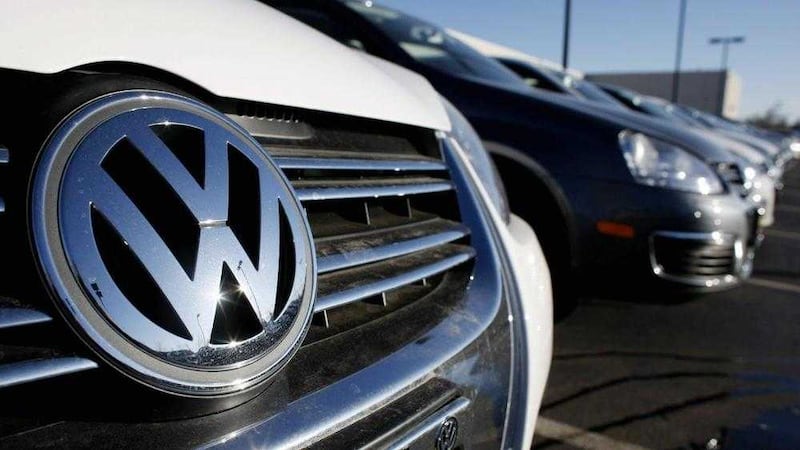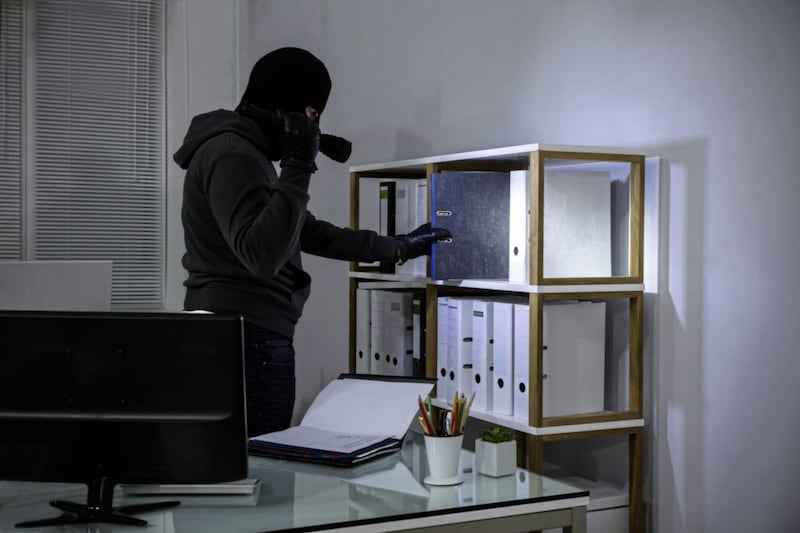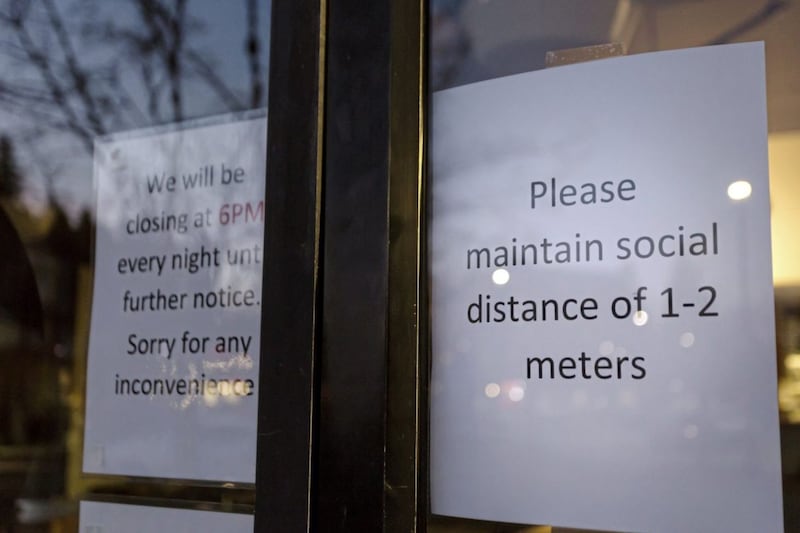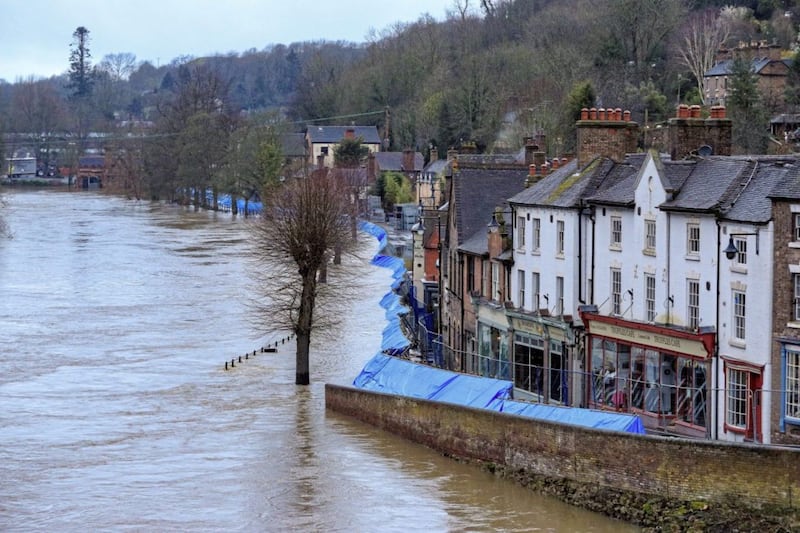IT'S been difficult to ignore the significant amount of recent media coverage about Volkswagen’s admission that 11 million vehicles worldwide had been fitted with a device to ‘cheat’ emission tests. There is even more recent speculation that millions more petrol cars could be affected and not just diesel vehicles as was first confirmed.
The controversy raises the question of product recalls, and indeed, VW are not the first, nor will they be the last to go through a product recall process. So, what can risk managers learn from this? For manufacturers of all types of consumer goods, this might serve as a wake-up call to the potential impact of a product recall event and a lesson in what should be done immediately to prepare for potential exposures.
Product recalls or contamination can easily cost millions. In addition to the physical expense of a recall, falling sales due to poor consumer confidence, brand rehabilitation expenses and potential legal actions may also contribute to long-term losses.
Despite recall frequency and the potential for extraordinary costs, most companies don’t adequately plan, prepare and practise for – or buy insurance to protect against – product recall events. In addition to proper insurance covers, careful planning is essential in managing the risk of a recall.
There are two categories of exposure for a company faced with a product recall incident: first-party operational losses to the company and third-party liability losses to injured persons.
Unlike third-party losses, first-party loss is often overlooked. In addition to initial recall expenses, the potential long-term losses from the damage to a company’s reputation and loss of sales may continue for months or even years.
Insurance for first-party losses caused by product tampering and contamination incidents are broadly labelled as product recall insurance. Product recall policies can help to cover the additional costs of a recall, including product loss, costs to withdraw the product from market, product disposal, product testing, overtime wages and crisis management — costs that can be devastating because they arise at a time when a company's revenues are typically hardest hit.
There are several cover forms, each designed to isolate some component of first-party product exposure. A product recall policy can provide indemnity for:
• Recall expense: This out-of-pocket expense is associated with executing a large-scale product withdrawal. It includes costs such as extra temporary employees, overtime, public safety messages, special testing and handling, destruction and disposal costs and crisis management and/or PR consulting fees.
• Replacement cost: As the name implies, this is the cost of replacing any product that had to be destroyed. This includes the cost of materials, labour and overhead directly associated with producing the product.
• Lost profits: This indemnifies the insured for profits which would have been earned on the withdrawn products and also for profits that would have been earned on future product sales, but which were not earned because of resultant future sales declines. This is usually limited to a specified time period.
• Brand rehabilitation expense: Most under-writers will also indemnify the insured for necessary rehabilitation of the recalled product’s consumer image.
This includes costs such as extra advertising, increased expenditure to rush a new product to market and special promotions to rebuild public trust in the manufacturer and its products.
In addition to transferring risk, thorough risk management practices are essential to minimise the exposure and the cost of a recall event. The product recall insurance marketplace is highly specialised.
It is a common misconception that product recall is covered under a general or product liability policy. Those covers do a good job of covering bodily injury and property damage, but generally exclude contamination and recall events. The addition of a product contamination or product recall policy protects your bottom line by covering the direct costs of recall, but transferring the risk is only one part of closing the recall exposure gap.
:: John Kielty is commercial insurance director at Autoline Insurance Group (www.autoline.co.uk).








